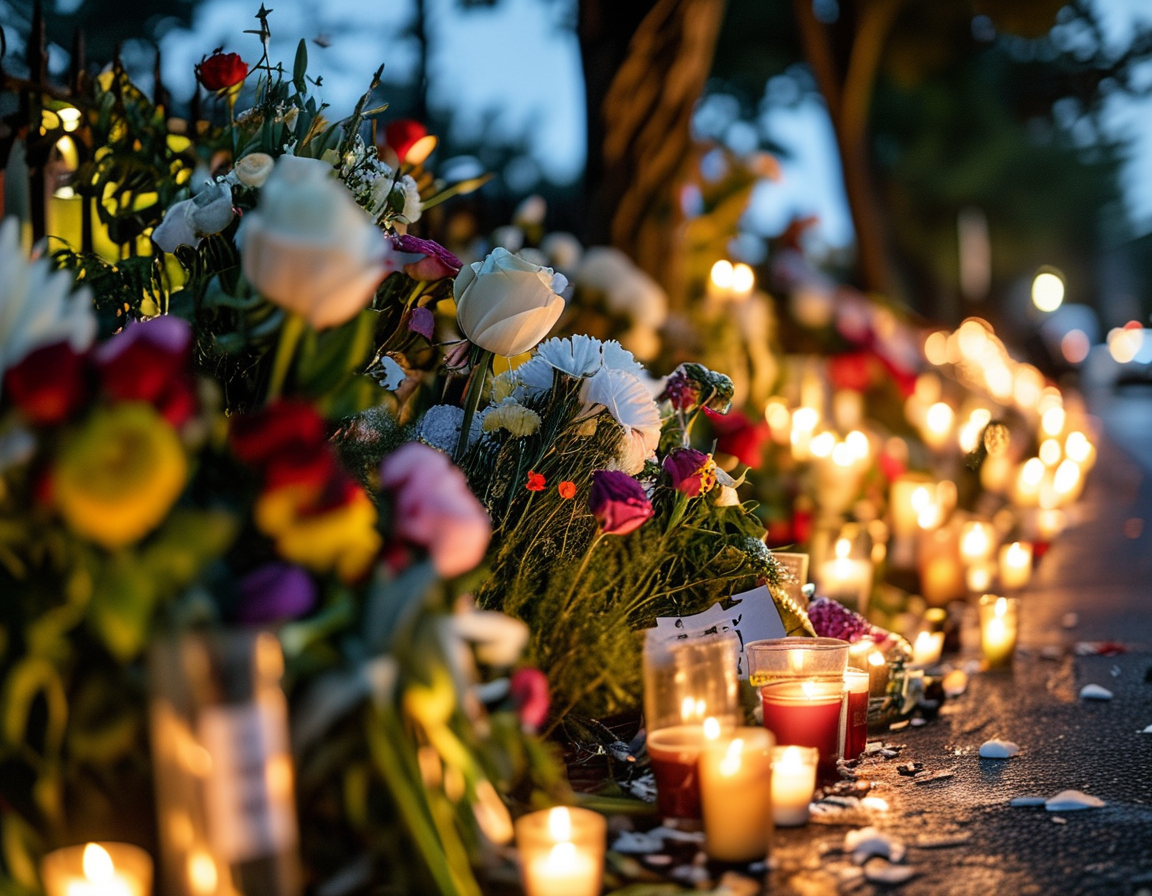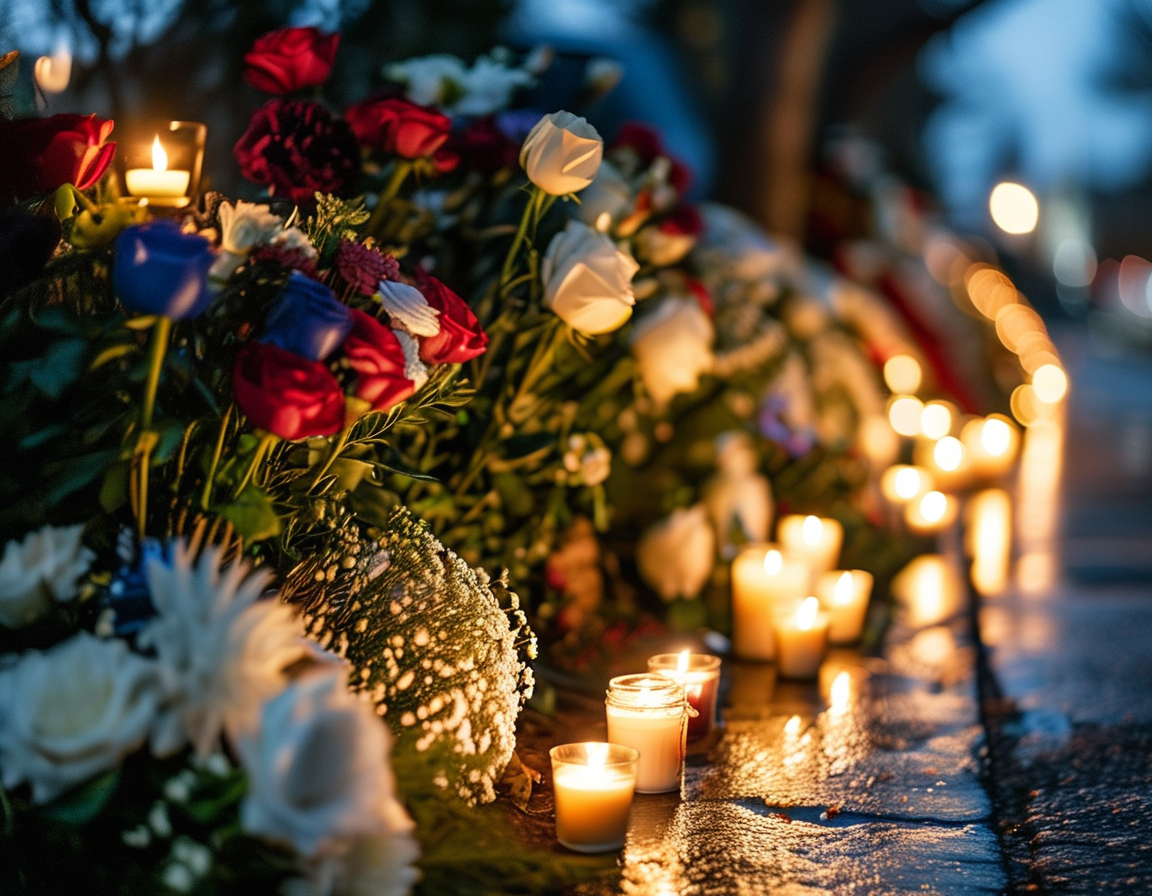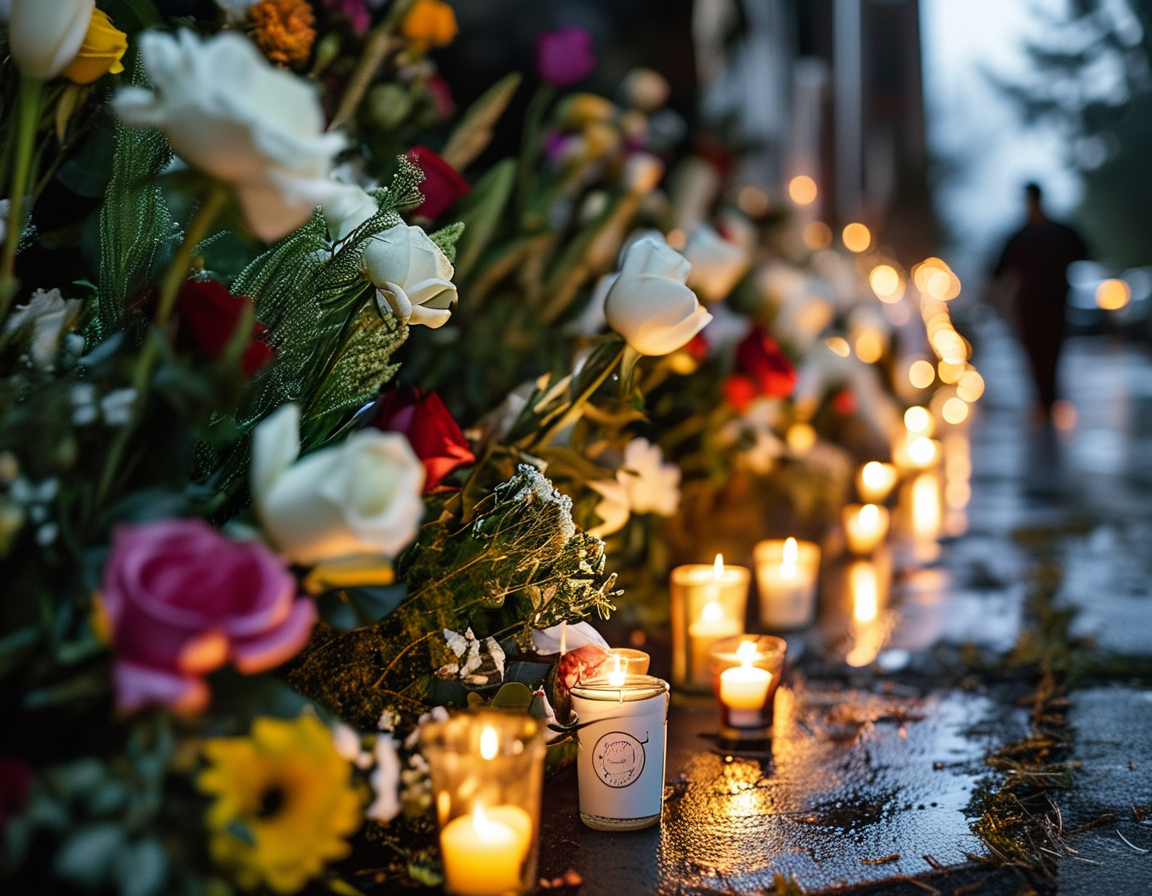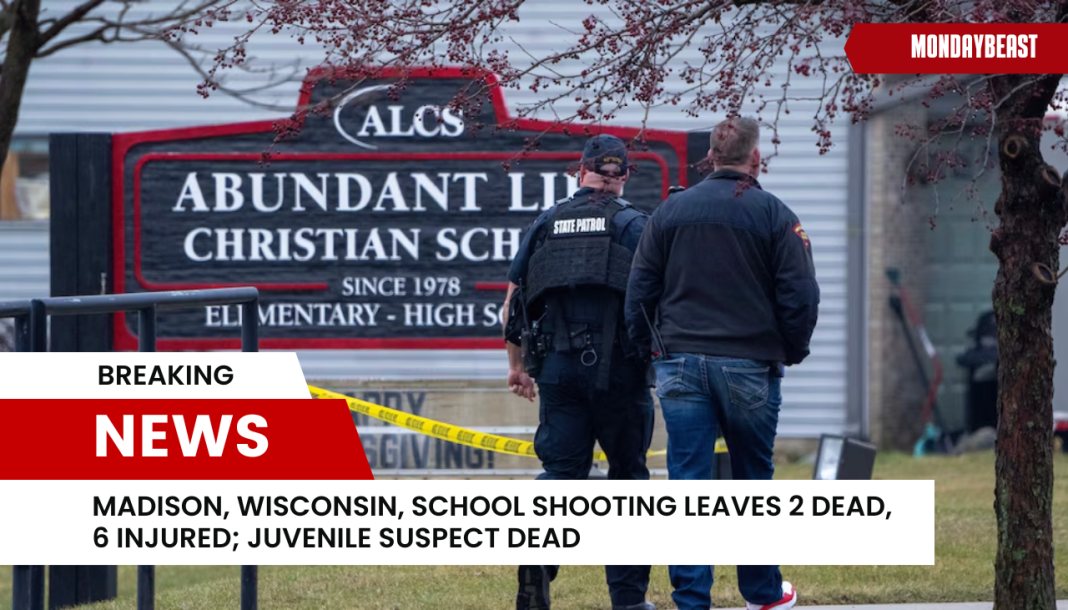On a typical Monday morning, the unthinkable happened at Abundant Life Christian School in Madison, Wisconsin. A place where children should feel safe became a scene of chaos and heartbreak. The shooting left two dead and six others injured, punctuating a day no one will forget.
Imagine the sheer terror of a second grader dialing 911 at 10:57 a.m. Just moments before, that innocent child was likely focused on schoolwork. Now, the weight of life and death hung heavy in the air. Madison Police Chief Shon Barnes shared the chilling fact that the shooter, identified as 15-year-old Natalie Rupnow, opened fire during study hall. How can we digest this horror?

Rupnow’s actions not only claimed the lives of a teacher and a teenage student, but they also sent shockwaves through the tight-knit community. As kids gather their backpacks, their lives forever altered, one might wonder how they will navigate the world after such trauma.
The police suspect that Rupnow died from a self-inflicted gunshot wound. Details are still emerging, with investigators speaking to her father. How could a young person reach such a desperate point? This question lingers in the minds of many as the community grapples with sorrow and confusion.
Barnes described the scene as one filled with unspeakable grief. He emphasized that every child in that building is a victim and will carry this burden forever. The pain etched in their memories may never fully fade. Can healing truly begin after such an incident?

As news spread, two students remained in critical condition. Meanwhile, the community mourned the loss of a beloved teacher and student. The heartache is palpable, reaching beyond the school’s walls. Community members have called for healing and reflection during this dark time.
In a press conference, Chief Barnes highlighted the lack of resource officers and metal detectors at the school. Abundant Life Christian School, serving around 200 students, had some security protocols in place, but were they enough? The community now faces the harsh reality of what happens when prevention measures fall short.
President Biden expressed his condolences, labeling the shooting as ‘shocking and unconscionable.’ He echoed sentiments shared by so many — that the time has come to confront gun violence once and for all. How many more tragedies will it take before change occurs?

Madison’s Mayor Satya Rhodes-Conway, joined by Governor Tony Evers, expressed their grief and commitment to supporting affected families. Evers further lamented that a parent should never worry about sending their child to school, a sentiment shared widely across the nation. In a world where students should learn freely, how can they when fear lurks in the halls?
The outpouring of support has been immense. Community members hold vigils, sharing memories of those lost and praying for healing. Those with connections to the school shared their shock and disbelief at this heart-wrenching event. Aaron Nienaber, a former student, reflected on his time there—a place of fond memories now overshadowed by tragedy.
As the investigation continues, FBI agents have been deployed to assist local authorities. It’s clear that this is not just a Madison issue; it’s a national crisis. Schools all over America now might look over their shoulder, wondering if they could be next.
In the wake of such violence, the discussion turns to healing and prevention. How can communities unite to ensure safety? What policies need to be enacted to protect innocent lives? This tragedy forces us all to consider our role in fostering a safer environment for future generations.




